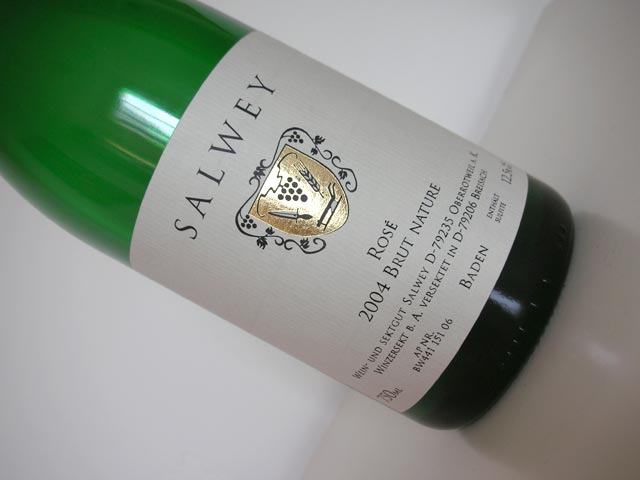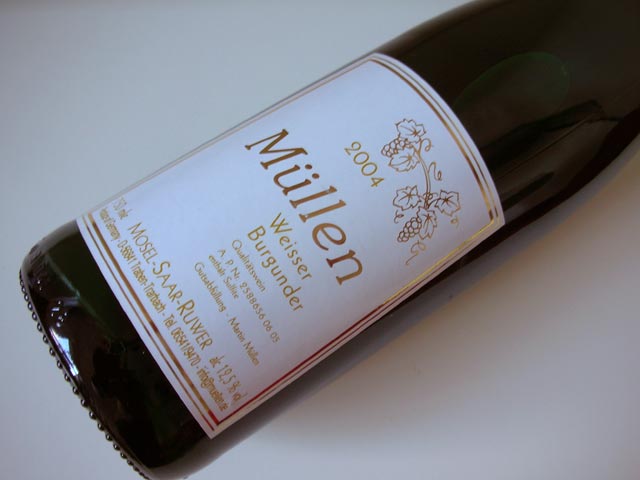Descendientes de J. Palacios, Petalos del Bierzo, 2004
Wine rambling-wise, Spain has not been among my preferred hunting grounds. As with Italy, I've not yet figured out what makes it tick as a wine country, and some of the more stream-lined reds I've tried have not encouraged me to invest more energy. Which is my loss, as afficionados and Spain experts will be quick - and correct - to point out. A notable exception over the last few years has been this red that Alvaro Palacios (of Priorato fame) makes from the Mencia grape in the little known northern Spanish region of Bierzo. This was the last of three bottles, and none of them failed to satisfy. So here's making it up to Spain:



